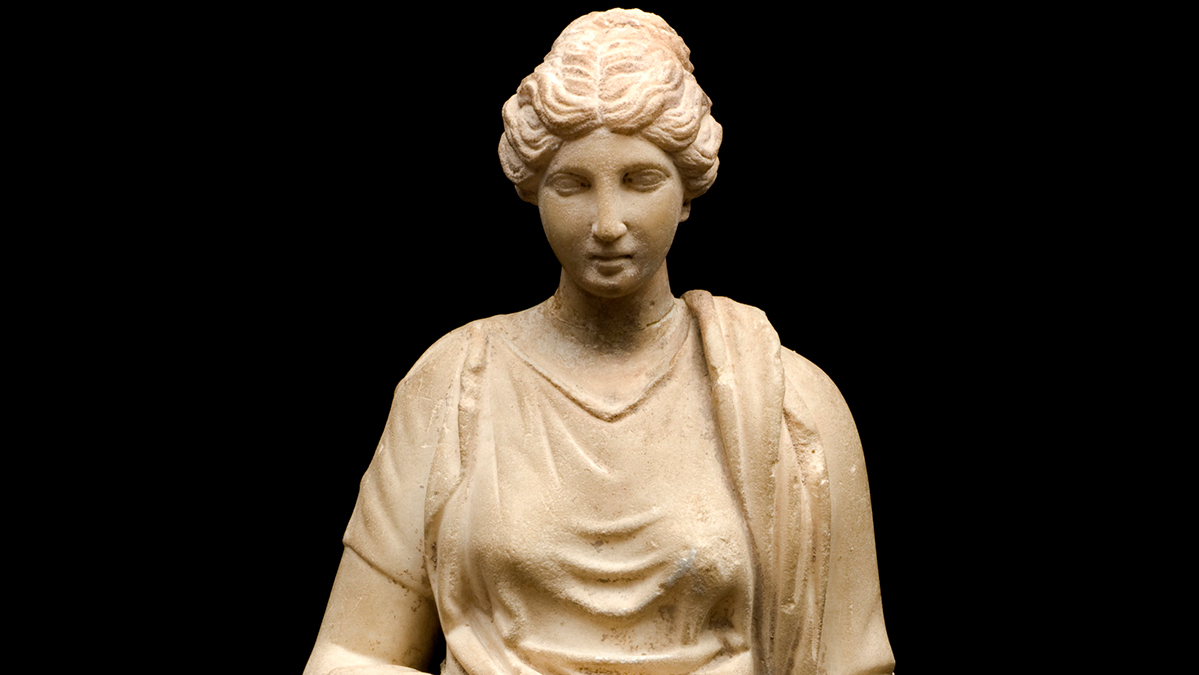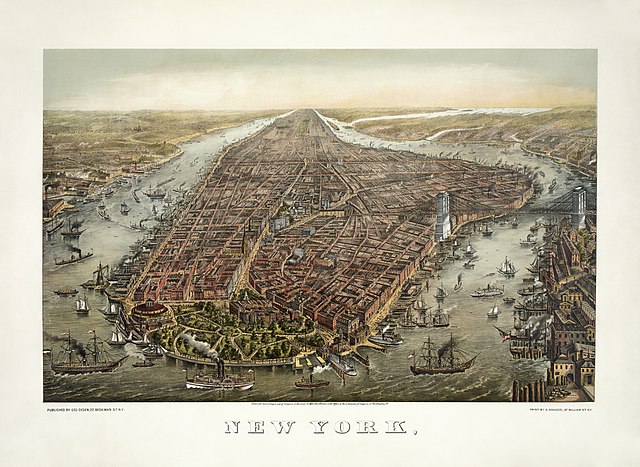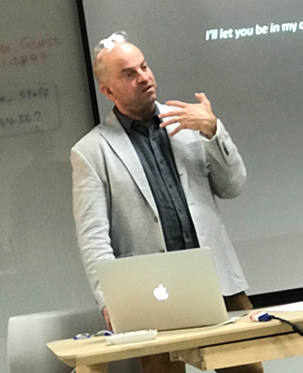COVID-19, Public Health, and City Planning
|
|
Associate Professor Stephen Ramos has published an editorial for the planning history journal, Planning Perspectives, which centers on the connection between public health and city planning. The article, “COVID-19 and Planning History: A Space Oddity,” educates readers on the importance of thoughtful, intuitive city planning that allows residents to lead full lives while mitigating public health concerns.
“The nexus between planning, landscape architecture, and public health date back to the origin of the professions,” Ramos writes. The article explores the history of city planning and the trends that have ebbed and flowed until we got to where we are today. Ramos notes also that the start of UGA’s university-wide online instruction began just as his Planning History course was arrive at the dawn of modernity in the Eighteenth Century.
By the article’s end, Ramos has drawn strong connections between the intertwined realms of politics, public health, and city planning, and asserts that our collective action must be organized, expressed, and projected in a way to create real change on a large scale.
Read the entirety of “COVID-19 and Planning History: A Space Oddity” in its entirety here. |
||
 Statue of Hygeia, Greek goddess of health and namesake of ‘Hygeia: The City of Health,' a protype city proposed by city planner Benjamin Ward Richardson to mitigate public health concerns. Credit.
|
|
||
 A hand-drawn arial panorama of early NYC. The city's cramped residential areas prompted
many city planners to re-evaluate how their designs mitigated or magnified public
health issues. Credit. A hand-drawn arial panorama of early NYC. The city's cramped residential areas prompted
many city planners to re-evaluate how their designs mitigated or magnified public
health issues. Credit. |

